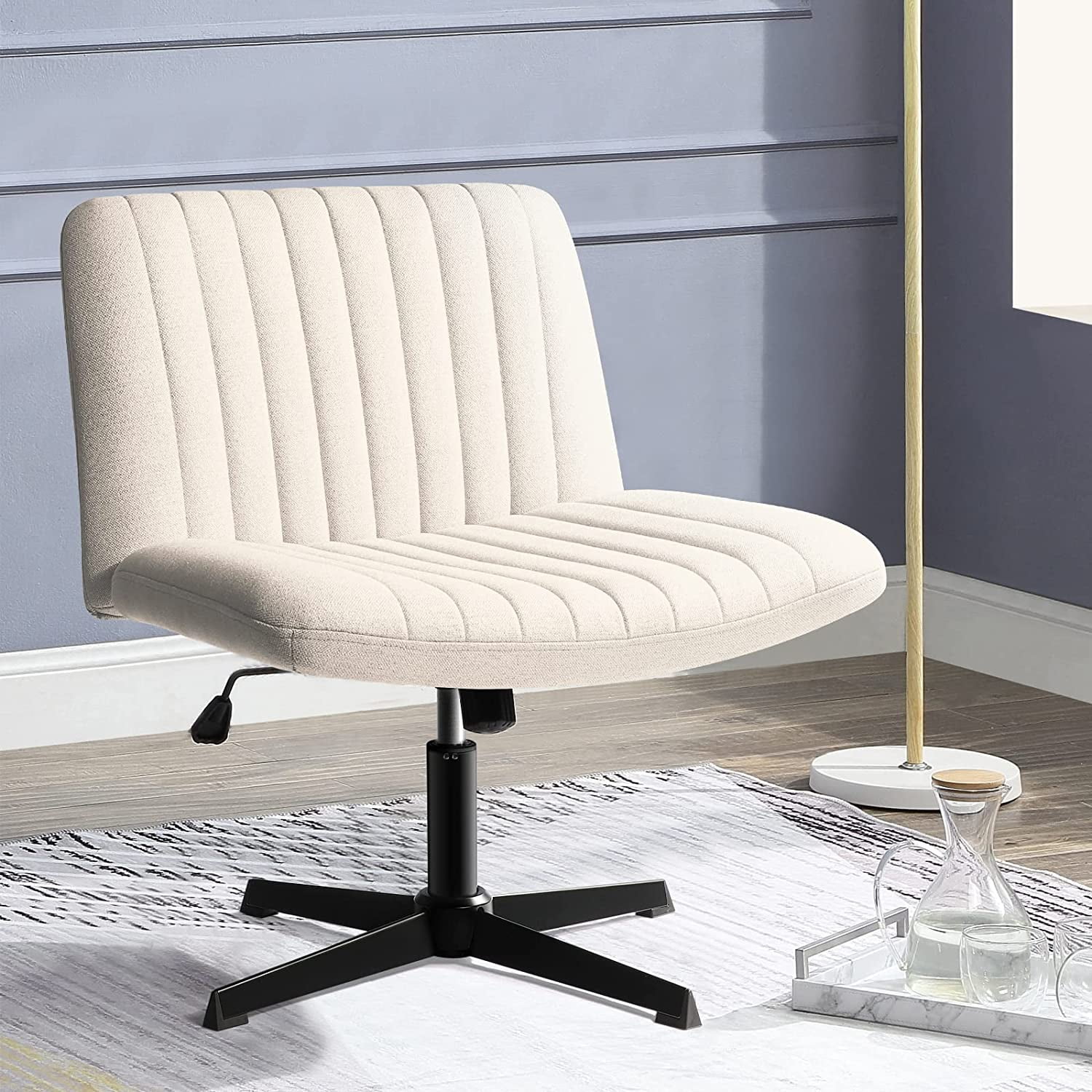Functionality and Features of Modern Swivel Desk Chairs

The modern swivel desk chair, far from being a mere seat, has evolved into a complex piece of ergonomic engineering. Its functionality extends beyond the basic swivel, impacting posture, productivity, and even long-term health. A critical examination of these features reveals a market driven by both genuine ergonomic advancements and cynical marketing ploys.
Modern swivel desk chairs offer a range of sophisticated features designed to enhance user comfort and productivity. These go beyond the simple ability to rotate, incorporating mechanisms that cater to individual needs and preferences. However, the advertised benefits often require careful scrutiny.
Tilt Mechanisms and Height Adjustment
Tilt mechanisms, allowing the chair back to recline, are a standard feature. However, the quality of these mechanisms varies drastically. Cheap models often use flimsy components leading to premature failure, while higher-end chairs utilize robust mechanisms designed for consistent, reliable performance over many years. Similarly, height adjustment, crucial for proper posture, can be implemented poorly. Inadequate gas cylinders or poorly designed adjustment mechanisms can result in instability and safety concerns. The absence of a robust locking mechanism in the height adjustment is a serious design flaw, compromising user safety.
Innovative Features in Modern Swivel Desk Chairs
While some innovations are genuinely beneficial, others are arguably superfluous. Integrated power outlets, for example, can be a significant advantage for users needing to charge devices directly at their desks. However, their inclusion often adds considerable cost and complexity, potentially impacting the chair’s overall durability. Built-in storage, often in the form of small compartments in the chair’s base or arms, provides a convenient place for pens, phones, or other small items. However, the practical utility of such storage is debatable, and it may also compromise the chair’s structural integrity if not designed carefully. The integration of lumbar support systems, while seemingly beneficial, often lacks sufficient adjustability, making it ineffective for a wide range of users. This highlights a common problem: the marketing of features without adequate consideration for their practical application and impact on the overall product.
Durability and Longevity of Materials
The longevity of a swivel desk chair is significantly influenced by the materials used in its construction. High-quality nylon, often reinforced with fiberglass, offers good durability and resistance to wear and tear. However, less expensive plastic components are prone to cracking and breaking, especially under prolonged stress. Similarly, the quality of the foam padding affects both comfort and longevity. Low-density foam will compress quickly, losing its support and comfort, whereas high-density foam offers superior resilience and longer lifespan. The choice of fabric upholstery also plays a crucial role. Leather, while expensive, offers superior durability and resistance to staining and wear. However, its breathability is often inferior to that of fabric options. The metal components, particularly the base and gas cylinder, should be constructed from robust materials and undergo rigorous testing to ensure longevity and safety. A chair’s overall durability is a complex interplay of material quality, manufacturing processes, and design considerations. Cutting corners in any of these areas will inevitably lead to reduced lifespan and increased maintenance costs.
